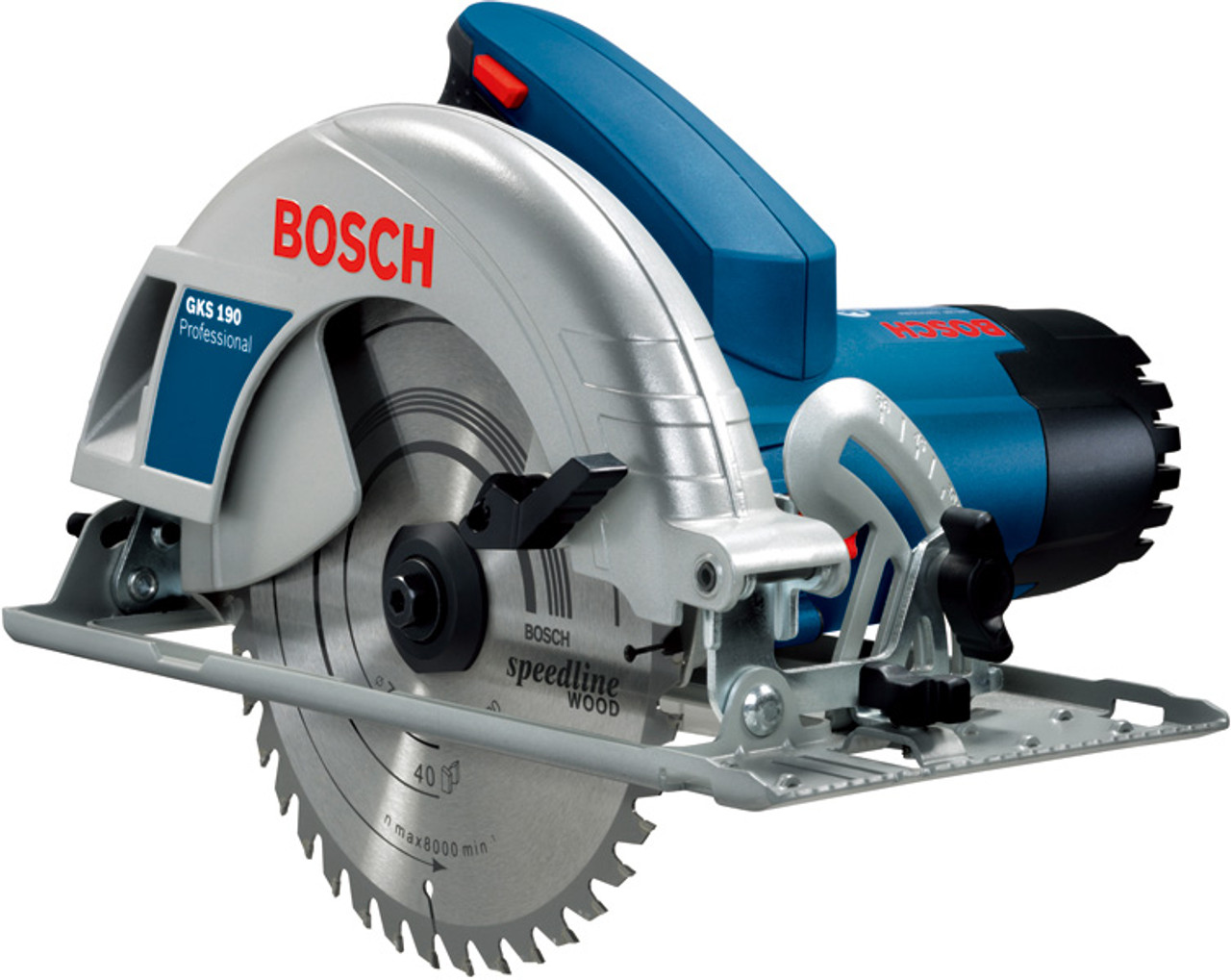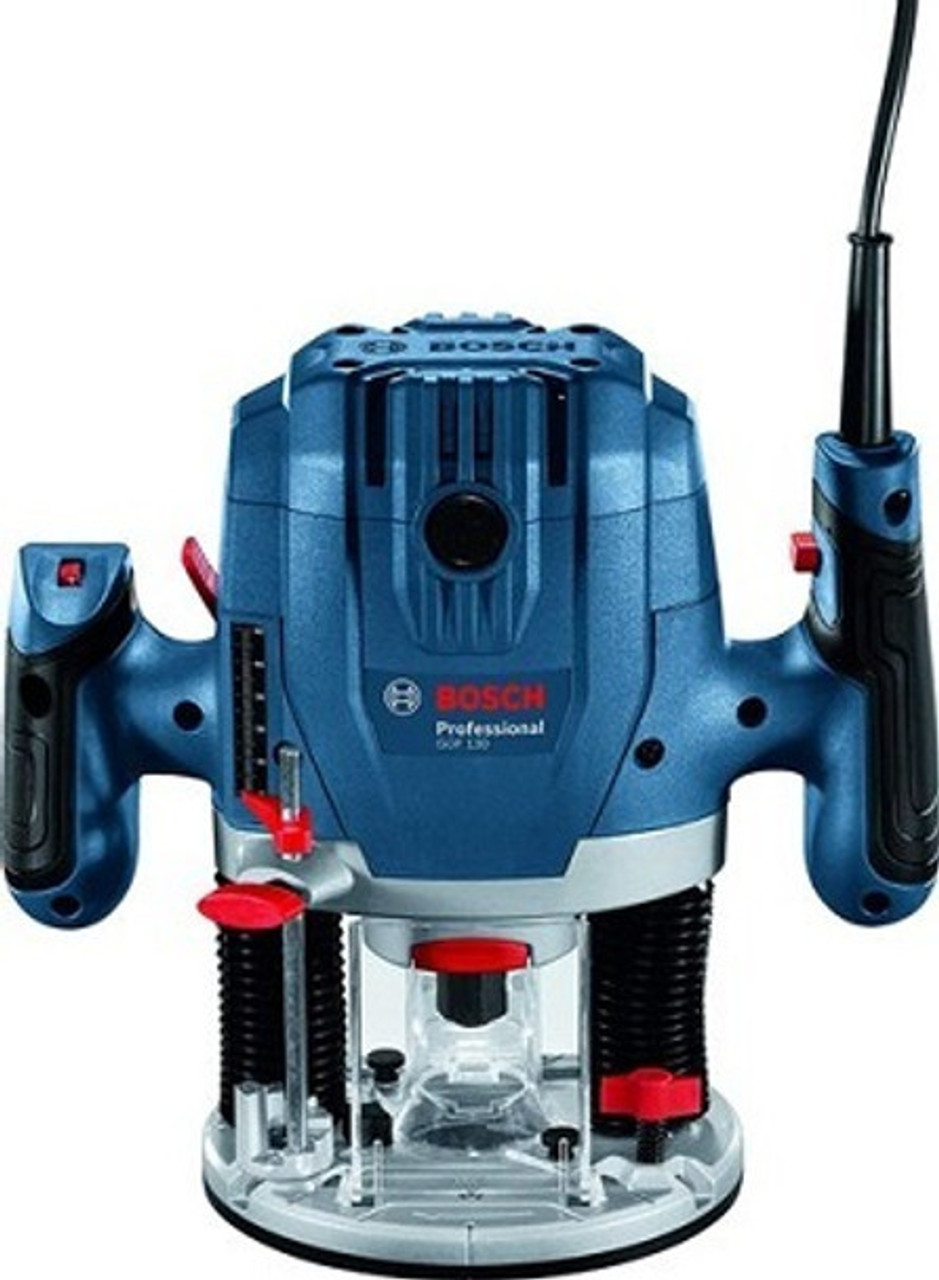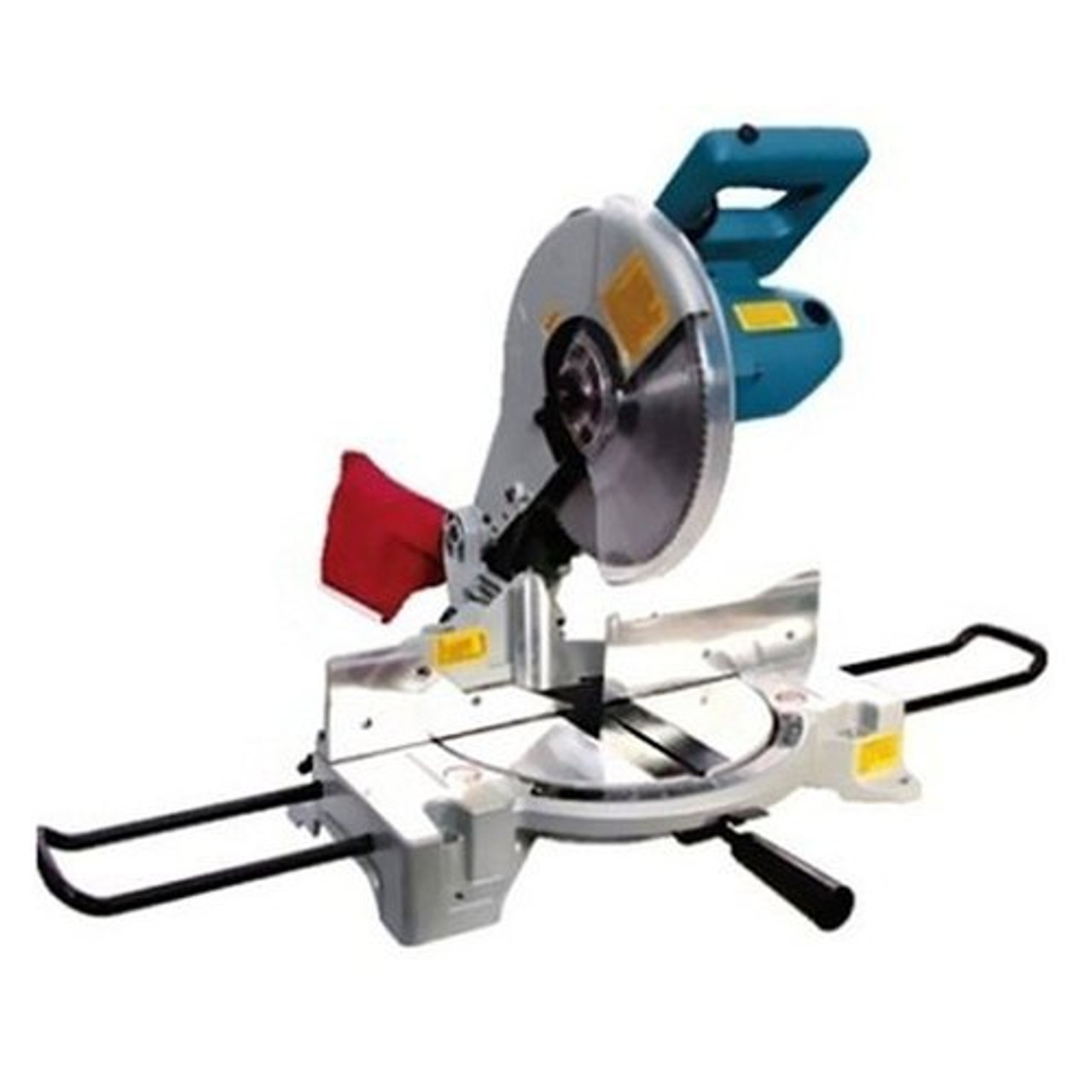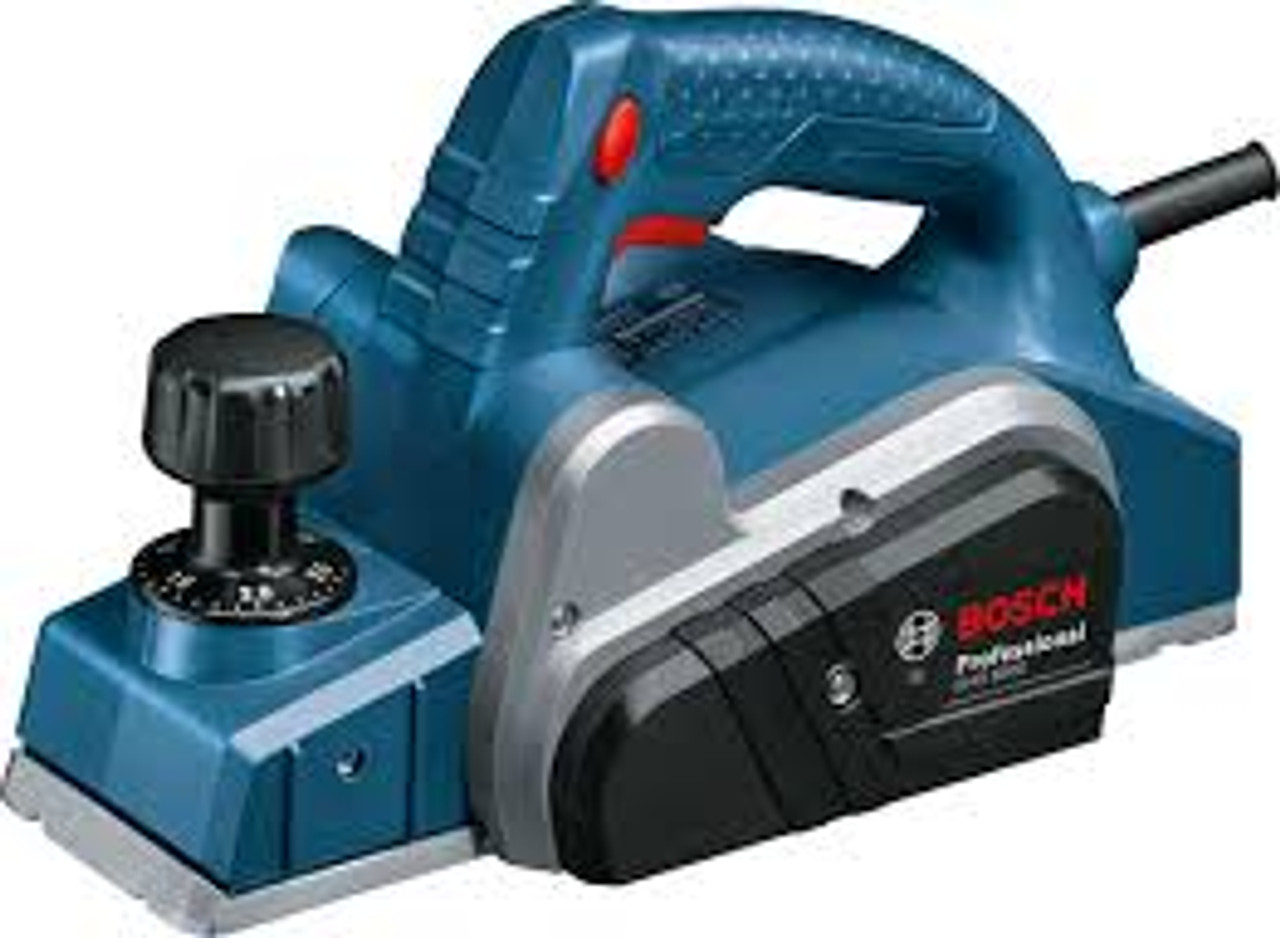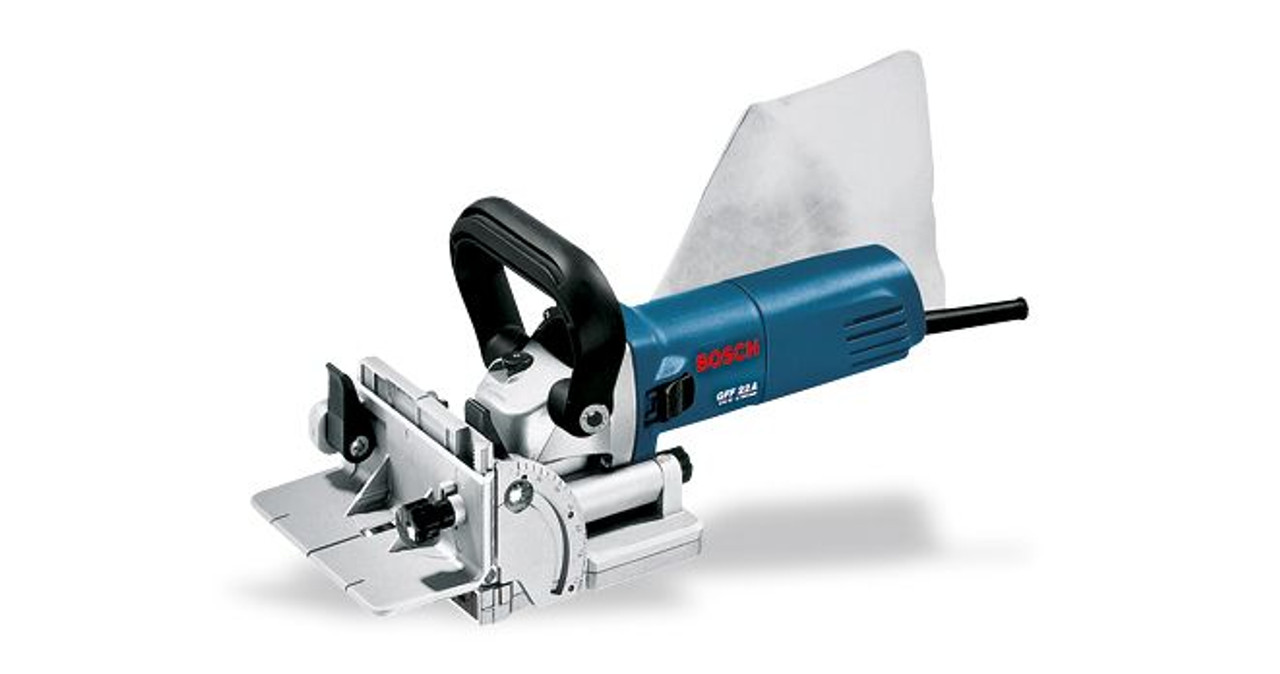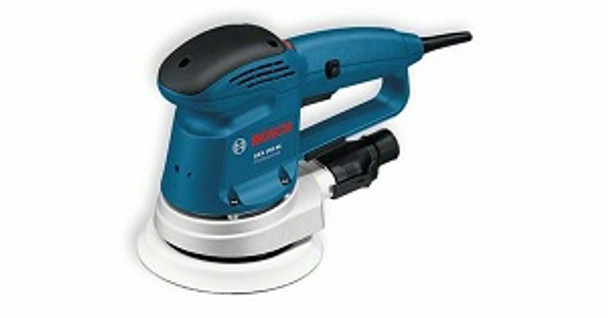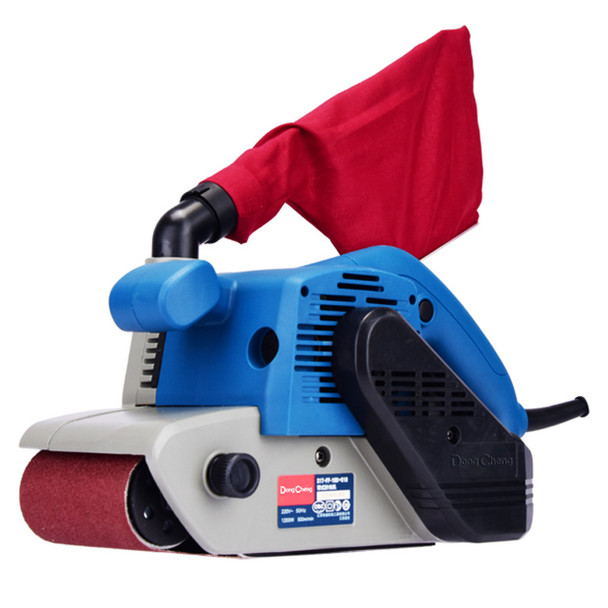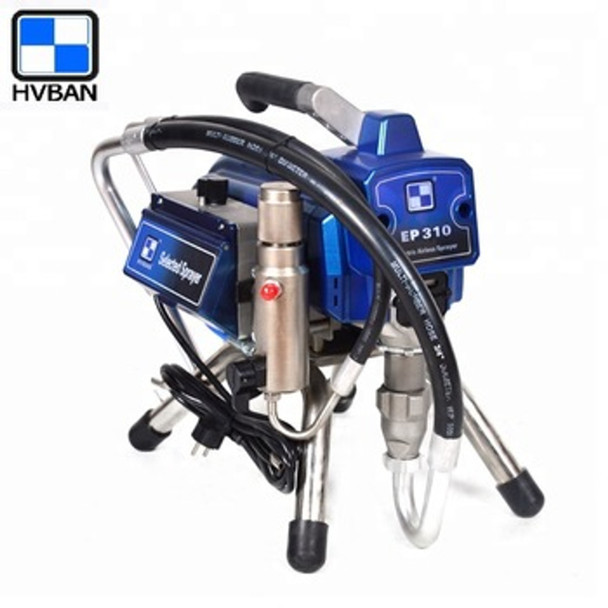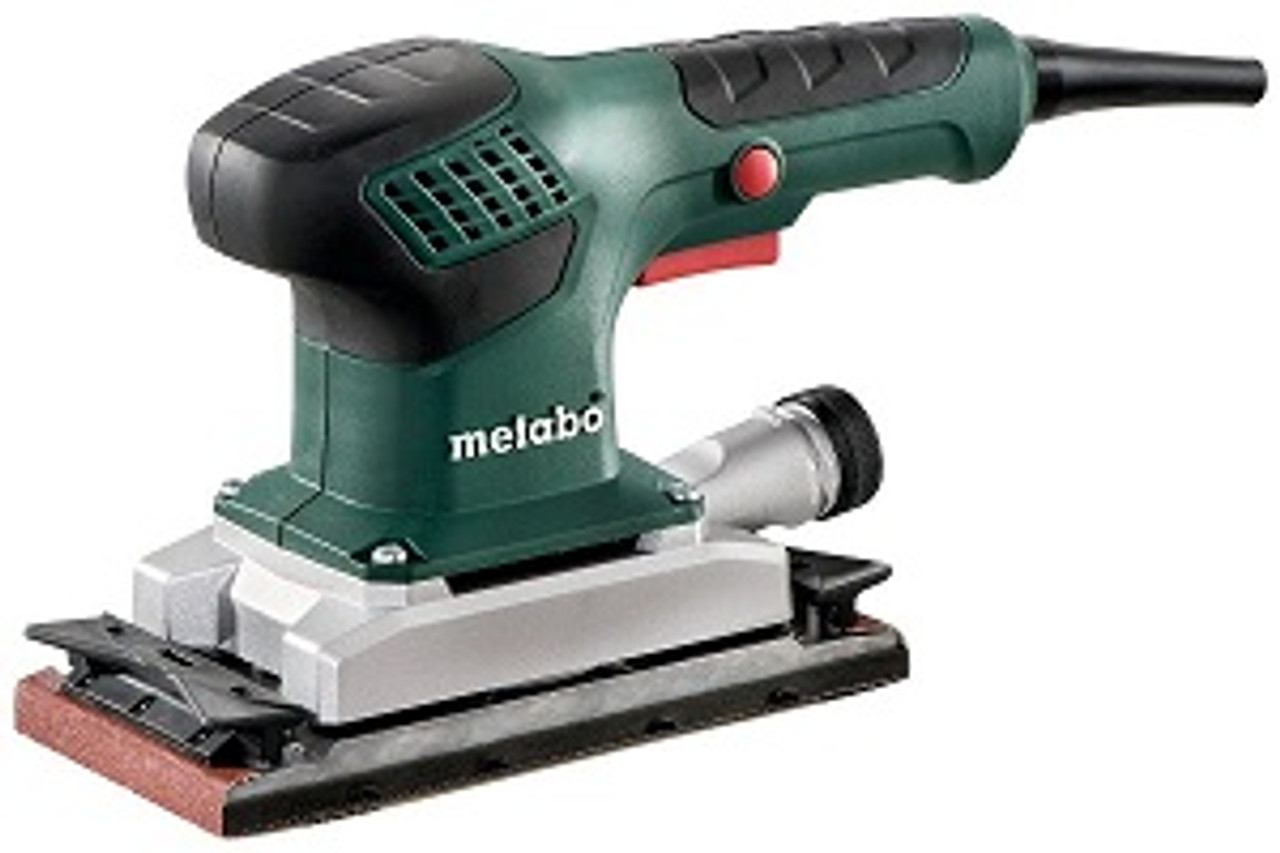Mastering Woodworking: Top-Rated Electric Power Tools for Precision and Efficiency
Woodworking has been revolutionized by electric power tools, providing craftsmen with the ability to achieve unprecedented levels of precision and efficiency in their work. Whether you are a seasoned woodworker or a passionate DIY enthusiast, mastering woodworking with top-rated electric power tools opens up a world of possibilities.
The Dongcheng Wood routers is an example of tools used for modern woodworking projects, allowing artisans to create intricate designs and precision cuts easily. Discover the true potential of woodworking as we delve into each power tool's features, applications, and best practices for use. Whether you are crafting fine furniture, intricate carvings, or practical home improvements, these tools will become indispensable assets in your woodworking arsenal.
This comprehensive guide is designed to be your ultimate companion on the journey to becoming a master woodworker. We will explore a handpicked selection of top-rated electric power tools that have garnered acclaim for their performance, reliability, and ability to enhance the woodworking experience. From cutting and shaping to joining and finishing, these power tools are the driving force behind bringing your creative visions to life with remarkable finesse.
Essential Woodworking Power Tools for Precision
A. Circular Saw
The circular saw is a cornerstone tool in any woodworker's arsenal. It is a versatile cutting tool capable of making straight and accurate cuts in various materials, including wood, plywood, and MDF. The circular saw's circular blade is powered by an electric motor, enabling swift and precise cutting, making it an indispensable tool for cross-cutting and rip-cutting tasks.
- Features and Applications:
- Different types of circular saws (sidewinder, worm-drive, and track saws).
- Adjustable cutting depth and bevel angle for versatile applications.
- Best suited for projects requiring straight cuts in larger pieces of wood.
- Cutting Techniques and Safety Precautions:
- Proper setup and alignment of the saw before cutting.
- Using guides and fences to ensure straight cuts.
- Wearing safety goggles and hearing protection to protect against flying debris and noise.
Bosch Circular Saw GKS 190
B. Router
The router is a powerful and versatile woodworking tool used for shaping, edging, and hollowing out wood surfaces. It is available in two main types: plunge routers and fixed-base routers. The router's rotating bit allows woodworkers to create intricate designs, decorative edges, and joinery work, making it an essential tool for adding artistic flair to woodworking projects.
- Features and Applications:
- Different types of router bits for various tasks (e.g., straight, chamfer, cove, and dovetail bits).
- Plunge routers for plunge cuts and controlled depth adjustments.
- Fixed-base routers for edge profiling and accurate cuts.
- Achieving Precise Cuts and Decorative Edges:
- Securing the workpiece firmly to prevent movement during routing.
- Using templates and jigs to create consistent and repeatable designs.
- Avoiding tear-out by using the correct feed direction.
Bosch GOF 130 Professional Router
C. Miter Saw
The miter saw, also known as a chop saw or drop saw, is a specialized power tool used for making precise crosscuts and miter cuts in wood and other materials. Its rotating blade and fixed base allow woodworkers to make accurate angled cuts, making it ideal for projects that require precise joinery and angled cuts.
- Features and Applications:
- Types of miter saws, such as compound miter saws and sliding compound miter saws.
- Adjustable miter and bevel angles for creating various angles and beveled cuts.
- Best suited for cutting moldings, frames, and other trim pieces.
- Crosscutting and Mitering Techniques:
- Using a miter saw stand or workbench for stability and safety.
- Properly aligning the workpiece with the saw's cutting line.
- Using a stop block for repetitive cuts to ensure consistency.
DongCheng DJX255 Electric Miter Saw
Efficient Wood Shaping with Electric Power Tools
A. Planer
The planer is a vital tool for achieving precise thickness and surface smoothness in woodworking. It is used to flatten, level, and reduce the thickness of rough-sawn lumber, transforming it into smooth and uniform boards. The planer is a must-have tool for projects requiring precise material dimensions and consistent thickness.
- Features and Applications:
- Thickness planers for removing material and achieving consistent thickness.
- Surface planers for smoothing and flattening rough lumber.
- Portable and stationary planer options for different woodworking needs.
- Thickness Planing and Surface Smoothing:
- Setting the planer's cutting depth to achieve the desired thickness.
- Taking light passes to avoid tear-out and achieve smoother results.
- Properly adjusting the planer's infeed and outfeed tables for even material support.
Bosch Professional Planer GHO 6500
B. Jointer
The jointer is a complementary tool to the planer, essential for creating flat and square edges on boards. It is used to correct the rough edges of lumber before gluing pieces together, ensuring seamless and sturdy joints. The jointer and planer often work in tandem to prepare wood for various woodworking projects.
- Features and Applications:
- Benchtop and floor-standing jointers for different shop sizes and woodworking needs.
- Helical and straight-knife cutterheads for achieving different finishes.
- Jointer/planer combo machines for space-saving and cost-efficient solutions.
- Creating Flat and Square Edges:
- Properly aligning the fence and adjusting the cutterhead to achieve square edges.
- Jointing one face before thickness planing to establish a reference surface.
- Using push blocks and featherboards for safety during jointing.
Bosch GFF 22 A Professional Biscuit jointer
C. Band Saw
The band saw is a versatile cutting tool that uses a continuous band of toothed metal to cut various materials. It is highly versatile, capable of making straight cuts, curves, and resawing thicker lumber into thinner boards. The band saw is a favored tool among woodworkers for its precision and ability to create intricate shapes and designs.
- Features and Applications:
- Band saws with varying throat sizes for different cutting capacities.
- Tension adjustments and blade guides for accurate cutting and blade longevity.
- Resaw fences and miter gauges for controlling cut angles and widths.
- Resawing and Cutting Intricate Curves:
- Choosing the appropriate blade width and tooth configuration for specific tasks.
- Keeping the blade tensioned properly to prevent blade deflection.
- Using relief cuts for tight curves and intricate shapes.
Joinery Techniques with Top-Rated Power Tools
A. Pocket Hole Jig
The pocket hole jig is a popular tool for creating strong and concealed joints in woodworking. It uses pocket hole screws to join pieces of wood together at an angle, allowing for quick and efficient assembly without the need for visible fasteners or complicated joinery techniques.
- Features and Applications:
- Different types of pocket hole jigs (e.g., single-hole, multi-hole, and portable jigs).
- Joining wood at various angles (e.g., 90 degrees, 45 degrees) for different projects.
- Ideal for creating cabinets, furniture, and frames.
- Creating Strong and Concealed Joints:
- Properly positioning and clamping the workpieces in the pocket hole jig.
- Using the appropriate screw length and size for different wood thicknesses.
- Concealing pocket holes with wood plugs or filler for a seamless finish.
B. Biscuit Joiner
The biscuit joiner, also known as a plate joiner, is a woodworking tool used to create strong and precise joints by cutting slots (biscuit slots) in the edges of two boards. Biscuits are inserted into the slots and glued, providing a reliable method for aligning and securing wood pieces together.
- Features and Applications:
- Different biscuit sizes for different wood thicknesses and joint strengths.
- Adjustable fence and depth settings for controlling biscuit placement.
- Ideal for creating seamless tabletops, edge-to-edge joints, and miter joints.
- Aligning and Gluing Boards with Biscuits:
- Properly aligning the biscuit joiner's fence with the workpieces for accurate cuts.
- Applying glue to the biscuit slots before inserting biscuits for a strong bond.
- Clamping the wood pieces together until the glue dries for a sturdy joint.
C. Doweling Jig
The doweling jig is a time-tested joinery tool used for creating strong and accurate connections between wood pieces. It guides the drilling of holes for dowels, cylindrical wooden pins used to align and secure wood joints effectively.
- Features and Applications:
- Different types of doweling jigs for various dowel sizes and configurations.
- Creating edge-to-edge, edge-to-face, and miter joints using dowels.
- Ideal for joining cabinet frames, chairs, and tables.
- Dowel Joinery for Accurate and Sturdy Connections:
- Aligning the doweling jig properly with the workpieces for precise hole placement.
- Ensuring dowels and holes are clean and free of debris for a snug fit.
- Applying glue to the dowels and holes before assembly for a strong bond.
Power Sanding for Smooth Finishes
A. Random Orbital Sander
The random orbital sander is a versatile power tool used for achieving smooth and swirl-free finishes on wood surfaces. It is popular for its ability to sand in both circular and back-and-forth motions, reducing the risk of leaving unsightly sanding marks.
- Features and Applications:
- Different sandpaper grits for various stages of sanding (e.g., coarse, medium, fine).
- Dust collection systems for a cleaner and healthier work environment.
- Suitable for sanding flat and curved surfaces.
- Achieving Uniform and Swirl-Free Sanding:
- Keeping the sander moving constantly to avoid creating sanding grooves.
- Gradually transitioning to finer grits for a smoother finish.
- Using a sanding block for hand sanding on intricate areas.
Bosch GEX 150 AC Professional Random orbit sander
B. Belt Sander
The belt sander is a robust power tool known for its rapid material removal and leveling capabilities. It uses a continuous sanding belt driven by a motor to tackle larger surface areas and remove excess material quickly.
- Features and Applications:
- Different belt widths and grits for various sanding tasks.
- Adjustable sanding speed for controlling the amount of material removal.
- Ideal for removing paint, varnish, and heavy stock removal.
- Rapid Material Removal and Leveling:
- Keeping the sander moving steadily to avoid creating uneven spots.
- Using a dust collection system to prevent dust buildup and clogging.
- Avoiding excessive pressure on the sander to prevent uneven sanding.
DongCheng Belt Sander DST610
Enhancing Woodworking Craftsmanship with Finishing Power Tools
A. Finish Sprayer
The finish sprayer is a game-changer in applying smooth and even finishes on wood surfaces. It uses compressed air or a turbine system to spray finishes, such as paint, stain, or varnish, providing a flawless and professional look to woodworking projects.
- Features and Applications:
- Different types of finish sprayers (e.g., HVLP, airless, and compressed air sprayers).
- Adjustable spray patterns and fluid control for varying finishes.
- Suitable for large surfaces and complex woodworking projects.
- Applying Smooth and Even Finishes:
- Properly thinning the finish for the specific sprayer's requirements.
- Maintaining consistent spraying distance and speed for even coverage.
- Cleaning and maintaining the sprayer to prolong its lifespan.
Airless Sprayer HVBAN EP310
B. Detail Sander
The detail sander, also known as a corner sander or mouse sander, is a specialized power tool used for fine-tuning and sanding intricate areas and contours. Its compact size and unique shape make it ideal for reaching tight spaces that larger sanders cannot access.
- Features and Applications:
- Various sanding pads for different sanding tasks (e.g., detail sanding, polishing).
- Lightweight and maneuverable for delicate work on small projects.
- Suitable for sanding curved edges and corners.
- Fine-Tuning Intricate Areas and Contours:
- Using a soft grip or contoured handle for enhanced control and precision.
- Sanding with the grain to avoid scratches and swirl marks.
- Choosing the appropriate sanding pad for the specific task and material.
Sander SR358 Metabo
Safety Precautions and Best Practices in Woodworking
A. Personal Protective Equipment (PPE) for Woodworking
Safety should always be a top priority in woodworking, and wearing the right personal protective equipment (PPE) is essential for preventing injuries. Some essential PPE for woodworking includes:
- Safety goggles or glasses: Protect eyes from flying debris, sawdust, and chemicals.
- Hearing protection: Guard against noise exposure, especially when using power tools.
- Dust masks or respirators: Prevent inhalation of harmful dust and airborne particles.
- Work gloves: Offer hand protection during handling and assembly tasks.
B. Safe Handling and Operation of Power Tools
Proper handling and operation of power tools ensure a safe and accident-free woodworking environment. Adhere to the following guidelines:
- Read and understand the user manual of each power tool before use.
- Keep the work area well-lit and clean to prevent tripping hazards.
- Always disconnect the power source when changing blades, bits, or accessories.
- Keep hands and fingers away from cutting areas and rotating parts.
C. Proper Maintenance and Tool Care for Longevity
Regular maintenance and proper care of power tools contribute to their longevity and optimal performance. Follow these maintenance tips:
- Keep power tools clean and free from debris and dust buildup.
- Lubricate moving parts regularly to reduce friction and wear.
- Check power cords for damage and ensure proper grounding.
- Store power tools in a dry and secure location when not in use.
Learn more:
10 Must-Have Cordless Power Tools for Home Renovation Projects
DIY Toolbox: The Versatile Power Tools Every Enthusiast Needs
Conclusion
Mastering woodworking with top-rated electric power tools opens up a world of creative possibilities for woodworkers of all skill levels. From cutting and shaping to joining and finishing, these power tools offer precision, efficiency, and versatility that elevate the art of woodworking to new heights.
Whether you are crafting fine furniture, creating intricate carvings, or working on practical home improvements, the selection of top-rated electric power tools presented in this guide will undoubtedly become indispensable assets in your woodworking journey.
Through understanding each tool's features, applications, and best practices, you can harness their potential and unleash your creativity with exceptional finesse. Remember, safety always comes first, and adhering to safety precautions ensures a rewarding and accident-free woodworking experience.
So, embrace the world of woodworking with confidence and passion, armed with the knowledge and expertise to transform raw wood into stunning creations with the aid of top-rated electric power tools. May your woodworking endeavors be a testament to the beauty of craftsmanship and the joy of creating timeless pieces with your hands.
Contact Tikweld welding supplies and services for the best electric power tools.


